We may earn money or products from the companies mentioned in this post. This means if you click on the link and purchase the item, I will receive a small commission at no extra cost to you ... you're just helping re-supply our family's travel fund.

Renting a car can be the perfect way to explore freely without depending on schedules, but it’s easy to overlook small details that can turn your trip into a stressful experience. Before you drive off, taking ten focused minutes to inspect your rental can save you hundreds of dollars and hours of frustration. From tire pressure to insurance coverage, each check ensures safety, comfort, and peace of mind on the road. Here are eight essential things to verify before leaving the lot.
1. Exterior Condition and Existing Damage

Inspecting the exterior should always be your first step, nearly 68% of rental disputes arise from unreported dents or scratches. Walk slowly around the vehicle, taking photos or videos of all sides in good lighting. Look for small chips on mirrors, bumpers, and door edges, as they’re often overlooked. Ask the rental agent to note every visible defect in your contract, no matter how minor it seems. Even a one-inch scratch can cost over $150 if discovered later. Documentation now prevents costly misunderstandings at return time.
2. Tire Health and Wheel Safety
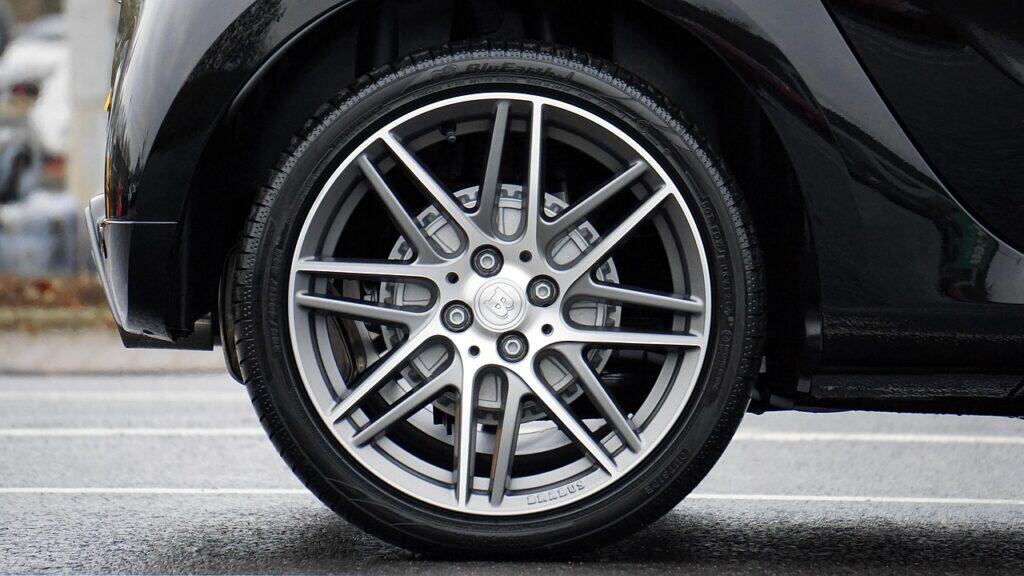
Tires are the foundation of safe driving, one in five rental cars is returned with at least one underinflated tire. Check the tread depth; it should be at least 1.6 mm for safe grip. Look for sidewall cracks or embedded stones that could cause a slow puncture. Don’t forget to inspect the spare tire, jack, and lug wrench, as flat-tire emergencies happen to about 3% of renters annually. Proper tire inflation improves mileage by up to 11%, saving both money and trouble during long trips.
3. Lights and Signal Clarity
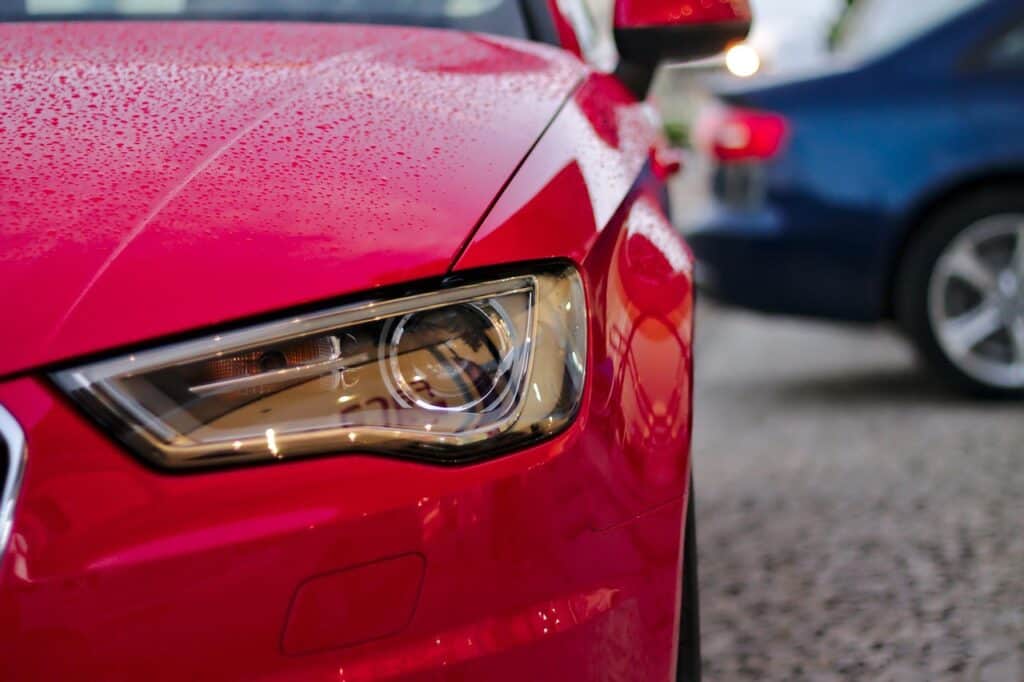
Lighting faults are a leading cause of on-road violations, with 22% of drivers fined for non-functional bulbs. Before leaving, ask someone to help test all exterior lights; headlights, brake lights, reverse lights, and indicators. Confirm that both low and high beams work evenly and that fog lights activate properly. Also, check dashboard indicators to ensure they don’t show warning lights for bulbs or electronics. Good visibility and signaling are vital for safety, especially during night drives or foggy weather conditions.
4. Brakes and Steering Response

Test both brakes and steering before hitting the highway. Around 15% of accidents involving rentals stem from unnoticed braking issues. Start the engine, drive a few feet, and apply the brakes firmly; they should respond smoothly without grinding or pulling to one side. Likewise, ensure the steering wheel turns effortlessly and doesn’t vibrate. Unusual resistance or noise can indicate alignment problems. If anything feels off, request a replacement vehicle immediately, never compromise on control or stopping power when your safety depends on it.
5. Fuel Type and Tank Level
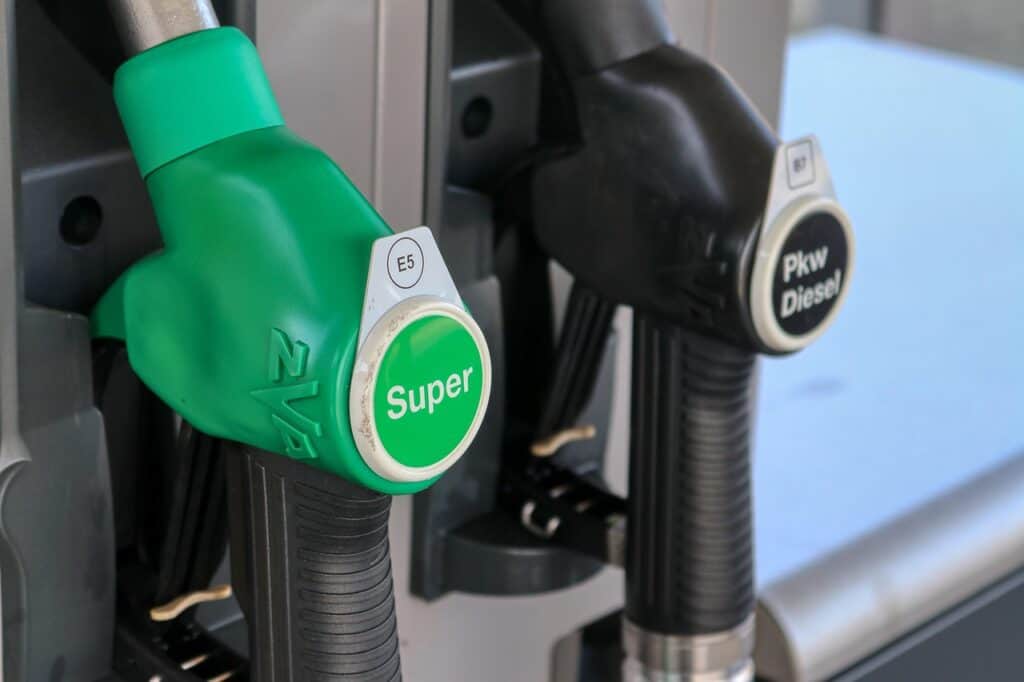
Fuel mistakes are surprisingly common, one in every 50 renters fills the wrong fuel type, costing up to $500 in repairs. Double-check the fuel type label near the cap or on the dashboard (petrol, diesel, or electric). Take a photo of the fuel gauge to confirm it matches the level stated in your paperwork, whether full or half. Also, locate the fuel door release lever before leaving the lot. A few seconds of attention here can prevent both confusion at refill stations and unexpected extra charges.
6. Interior Features and Controls
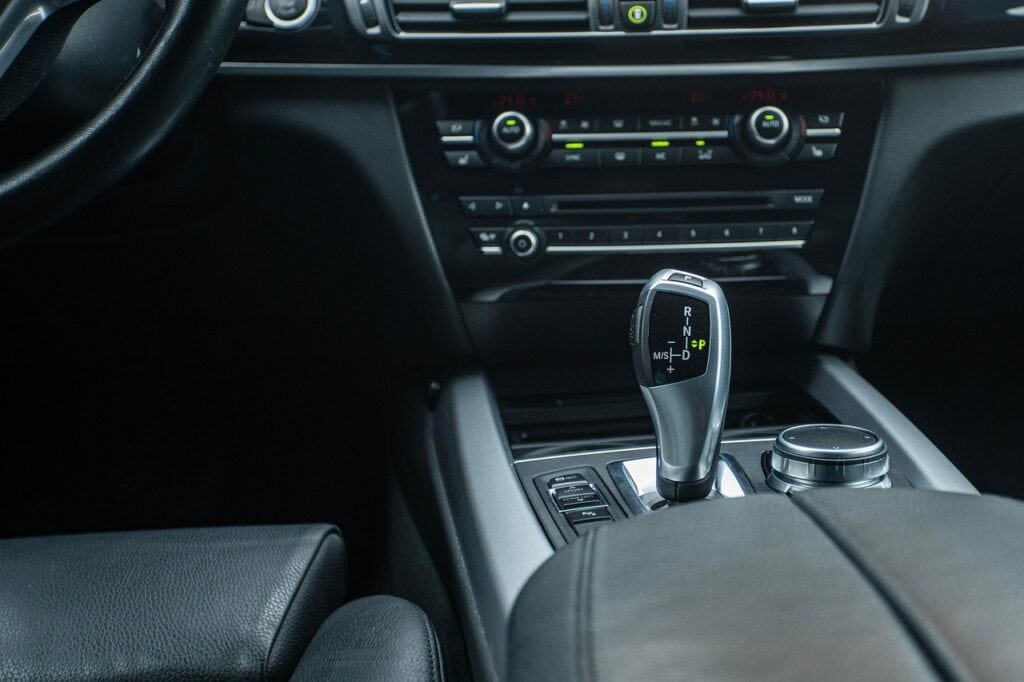
A modern rental car can have over 30 different control functions, so take time to familiarize yourself. Adjust your seat and mirrors, ensuring proper posture and visibility. Test wipers, climate control, air vents, windows, and infotainment connections like Bluetooth or USB ports. Check that the air conditioning blows cold and that heater settings work, comfort is key for long drives. Understanding control placement, such as lights, cruise control, or hazard switches, helps prevent distractions when driving at higher speeds or in traffic.
7. Safety and Emergency Equipment
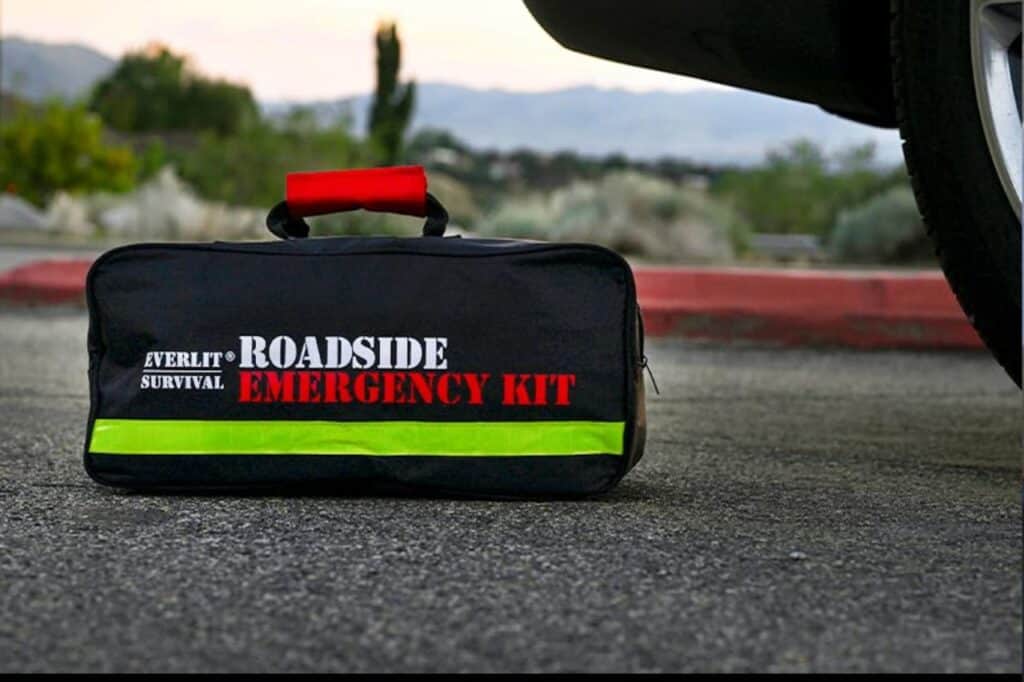
Safety gear can be a literal lifesaver. According to road assistance reports, 12% of drivers discover missing safety tools only when stranded. Ensure seatbelts retract and lock properly, and verify that airbags’ indicator lights turn off after ignition. Look for a reflective triangle, first-aid kit, and fire extinguisher, which are mandatory in many countries. In colder regions, confirm the presence of snow chains or de-icing fluid. Being equipped for emergencies adds vital preparedness and compliance with local road safety standards.
8. Documentation and Return Policy
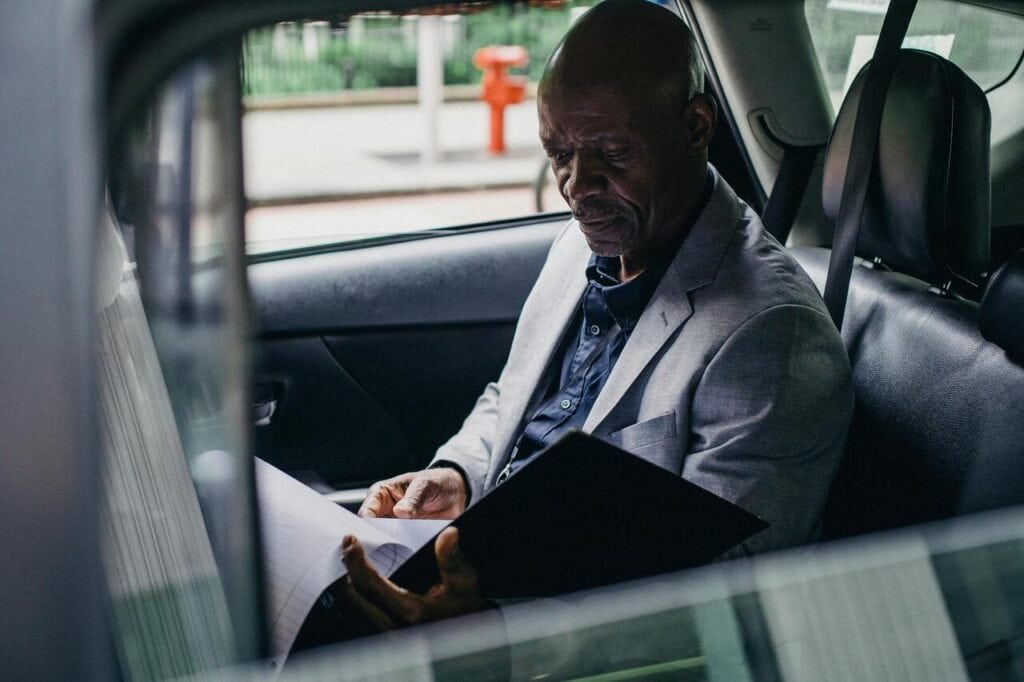
Before leaving, go over the paperwork carefully, 40% of rental complaints come from unclear terms. Verify insurance coverage, mileage limits, deposit conditions, and fuel return rules. Keep a printed or digital copy of the agreement, along with the emergency contact number. Note whether after-hours drop-offs are allowed and if photos are needed at return. A clear understanding of these details ensures there are no hidden costs or disputes later, allowing you to enjoy your journey with total confidence.